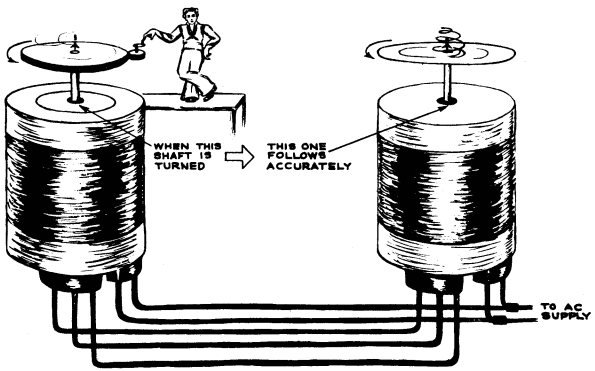Here's a link to a great article on mechanical "computers" which were used on Navy ships as recently as the 1990's. It also includes some nice videos on the mechanical principles involved.
http://arstechnica.com/information-...-mechanical-analog-computers-ruled-the-waves/
Some highlights:
" . . .the pinnacle of electromechanical analog computing: the Ford Instruments Mark 1 Fire Control computer.
The Mark 1 weighed over 3,000 pounds. Like the Rangekeeper, it took inputs from gun directorselectromechanically driven turret-like barbettes with optical (and eventually radar) sensors that continuously sent bearing and range information via electrical synchro signals.
The computer took into account parallax between the director and the guns it was controlling. It also had to calculate fuse times for mechanical fuses to ensure that the shell would explode near the target."
http://arstechnica.com/information-...-mechanical-analog-computers-ruled-the-waves/
Some highlights:
" . . .the pinnacle of electromechanical analog computing: the Ford Instruments Mark 1 Fire Control computer.
The Mark 1 weighed over 3,000 pounds. Like the Rangekeeper, it took inputs from gun directorselectromechanically driven turret-like barbettes with optical (and eventually radar) sensors that continuously sent bearing and range information via electrical synchro signals.
The computer took into account parallax between the director and the guns it was controlling. It also had to calculate fuse times for mechanical fuses to ensure that the shell would explode near the target."





